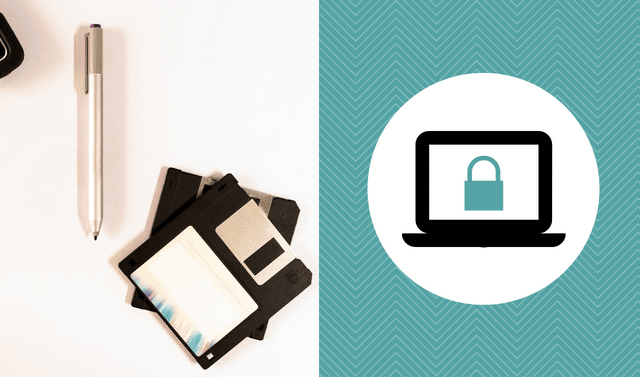Sign up for the Family Tree Newsletter! Plus, you’ll receive our 10 Essential Genealogy Research Forms PDF as a special thank you.
Get Your Free Genealogy Forms
"*" indicates required fields

Greeting cards are not only fun mementos, they can also contain valuable genealogy clues! Here are nine ideas for how you can safely preserve greeting cards, mine them for genealogical information and enjoy them for years to come.
1. Preserve genealogical clues
Greeting cards are typically sent for a special occasion, and might share important genealogical information like names, relationships, birth dates and more. Don’t ignore envelopes—postmarks and addresses are clues to dates and places. For source citation purposes, greeting cards are a family-held artifact similar to a scrapbook or letter.
2. Gather context
Check for signatures, addresses and personal notes from your ancestor’s extended family, friends and neighbors. This can provide important context for the person’s life. The Library of Congress’ collected papers of civil rights activist Rosa Parks, for example, include dozens of greeting cards that help researchers understand her relationships.
3. Display old cards in a photo book
Photo books and scrapbooks are a perfect opportunity to preserve and share old family greeting cards. Scan the cards or snap photos with your smartphone, making sure to capture the sender and any personal message.
4. Archive and store the originals
If you do decide to display your cards or use them in a photo book, we recommend using a copy and preserving the originals using proper archival practices. Save cards that are keepers in an acid-free, archival folder like those available from suppliers such as Archival Methods.
5. Preserve personal marks
In addition to fond messages, cards might have stickers, drawings, or even lipstick prints. To help preserve the colors, place the envelope and card between sheets of acid-free paper or inside an acid-free folder. To help prevent smudging, avoid plastic sleeves.
6. Re-send greetings
Some cards are too good to use just once. Re-use old charmers by adding a sticky note over the signature, or just adding your own signature in different ink. It’s fun to keep the card moving among family and friends.
7. Organize and preserve cards digitally
Sort cards by date, event or recipient, and log them on a spreadsheet (perhaps with transcribed messages). Make sure to scan cards and envelopes at the right resolution (300 dpi) or photograph them. Capture the front, back (if it has any markings), inside and envelope. Keep track of images with sequential numbers or abbreviations in the file name (such as f for front or i for inside).
8. Decorate with old cards
Old cards make colorful holiday decorations, whether framed, set on a mantel, made into garlands, or hung on a wreath. Preserve originals by decorating with color copies on heavy paper. Add sparkle with glitter or tinsel. Visit The Family Curator to see a wreath using valentines a teacher received from her third grade students.

9. Create a display
Display cards you’ve received by using mini-clothespins from the craft store to attach to a ribbon streamer or wire wreath. Or, you could tuck cards around a mirror frame or stick them to walls and other surfaces with removable museum putty.
A version of this article originally appeared in the January/February 2019 issue of Family Tree Magazine.








